The Chesapeake Bay Retriever, a rugged and powerful dog, is one of the most versatile breeds, famed for its abilities in water and field alike. A member of the sporting group, the Chessie is known for its large frame, intelligence, and loyal temperament. With such a dynamic range of abilities, this breed requires a specific approach to nutrition to maintain its health and energy levels. Proper feeding is essential, and understanding how much to feed a Chesapeake Bay Retriever is key to preventing obesity and ensuring they have the right amount of energy. It’s important to note that the appropriate quantity can vary greatly depending on the caloric content of the food provided. In this article, we will explore the factors affecting how much to feed your Chessie, provide approximate feeding amounts, and estimate the monthly cost of their diet.
1. Factors Influencing Diet
Understanding Age and Activity Levels
A Chessie’s dietary needs will shift throughout its lifetime. Puppies, adults, and senior dogs each require different caloric intakes. Additionally, a dog’s activity level greatly affects its dietary needs. A highly active retriever will require more calories than a companion pet.
Considering Weight and Health
Chessies vary in size, which influences their feeding needs. A healthy weight is crucial and must be maintained through proper diet and exercise. Individual health conditions may also affect dietary requirements and should be discussed with a veterinarian.
2. Determining the Right Amount
Assessing Food Type and Quality
The quality and type of food you choose for your Chessie will dictate portion sizes. Premium foods with higher concentrations of nutrients often require smaller servings compared to foods with fillers and additives.
Calculating Daily Portions
An average adult Chesapeake Bay Retriever may require anywhere from 2 to 4 cups of dry food per day, split between two meals. However, this is highly dependent on the caloric density of the food.
3. Puppy Feeding Guidelines
Growth and Development Needs
Chessie puppies have significant growth and development needs, requiring more calories per pound of body weight than adult dogs. Feeding them a puppy formula designed for large breeds is vital to ensure proper development.
Frequency and Amounts
Puppies should be fed three to four times a day with measured amounts according to their age, weight, and the guidelines provided by the food manufacturer.
4. Adult Chesapeake Bay Retriever Feeding
Maintenance Feeding
Adult Chessies not involved in heavy physical activity will need a maintenance diet. This typically involves a steady amount of food that supports their size and daily energy expenditure.
Active and Working Dog Considerations
For those Chessies who work or are highly active, increased portions will be necessary to meet their energy demands.
5. Senior Dog Nutrition
Adjusting for Slower Metabolism
Older Chessies often require fewer calories due to a slower metabolism and decreased activity level. Their food should be adjusted to prevent obesity and support joint health.
6. Understanding Food Labels and Caloric Content
Interpreting Feeding Charts
Feeding charts on pet food labels provide a good starting point. However, they are based on average needs. Knowing how to interpret these charts in the context of Chessie’s specific needs is important.
Caloric Density and Measurement
Dog foods can vary widely in caloric density. It’s crucial to measure food based on the calories per cup to avoid overfeeding or underfeeding.
7. The Role of Treats in Diet
Treats as Part of the Nutritional Plan
While treats are an excellent tool for training and bonding, they should be factored into the daily caloric intake and not exceed 10% of the diet.
8. Cost of Feeding a Chesapeake Bay Retriever
Budgeting for Quality Food
The monthly cost of feeding a Chessie can vary greatly depending on the quality of food. On average, owners might spend between $60 to $150 per month on dog food.
Cost-Saving Tips
Buying in bulk, choosing high-quality food that requires smaller portions, and looking for discounts can help manage the cost without compromising on nutrition.
9. Regular Monitoring and Adjustment
Importance of Regular Weigh-Ins
Regular weigh-ins and body condition scoring are essential to ensure your Chessie is at an optimal weight. Adjust food portions accordingly to avoid weight-related health issues.
10. Professional Guidance and Recommendations
The Role of Veterinarians and Nutritionists
A veterinarian or a canine nutritionist can provide personalized advice based on your Chessie’s health status, weight, and lifestyle needs, ensuring a diet that’s tailored to your dog.
Our 5 Top Foods for Chesapeake Bay Retrievers
The diets were selected by our founder Justin Palmer, a certified canine nutrition expert, specifically with Chesapeake Bay Retrievers in mind:
Conclusion
Feeding a Chesapeake Bay Retriever is not merely a routine; it’s a critical aspect of their overall care that demands attention to detail and an understanding of their unique needs. The amount you feed will vary based on the food’s caloric content, and it’s important to adapt feeding practices as your Chessie grows and changes. Regular consultations with veterinary professionals, careful observation, and a commitment to providing high-quality food will help your Chessie maintain a healthy weight and a vibrant life. Whether they are braving the icy waters or snuggling by your side, a well-fed Chessie is a happy and healthy companion for years to come.
Frequently Asked Questions About Feeding a Chesapeake Bay Retriever

1. How often should I feed my Chesapeake Bay Retriever?
You should feed your adult Chesapeake Bay Retriever twice a day—once in the morning and once in the evening. Puppies, on the other hand, require more frequent feedings, typically three to four times a day, to support their rapid growth and development.
2. Can Chesapeake Bay Retrievers eat a grain-free diet?
Chesapeake Bay Retrievers can eat a grain-free diet if it’s nutritionally balanced; however, some grain-free diets have been linked to heart issues in dogs. It is best to consult with a veterinarian to ensure that your Chessie’s dietary needs are being met without compromising their health.
3. How much dry food should I feed my Chesapeake Bay Retriever?
The amount of dry food to feed a Chessie will depend on the food’s calorie content and the dog’s size, age, and activity level. As a starting point, an average-sized adult Chessie might need about 2 to 3 cups of high-quality dry food per day, divided into two meals.
4. Is it okay to feed my Chesapeake Bay Retriever human food?
While you can occasionally treat your Chesapeake Bay Retriever to certain human foods, it should be done sparingly and with caution. Many human foods can be unhealthy or even dangerous for dogs. Always avoid foods toxic to dogs, such as chocolate, onions, and grapes.
5. What is the best type of food for my Chesapeake Bay Retriever?
The best food for your Chesapeake Bay Retriever is a high-quality commercial dog food that’s rich in protein and balanced for their specific life stage (puppy, adult, senior). Look for foods with whole protein sources as the first ingredient and without excessive fillers.
6. How do I switch my Chesapeake Bay Retriever to a new dog food?
To switch your Chessie to new dog food, gradually mix in the new food with the old over the course of a week, increasing the proportion of the new food each day. This gradual transition helps prevent digestive upset and allows your dog to adjust to the new food.
7. Do Chesapeake Bay Retrievers require a special diet?
While Chesapeake Bay Retrievers don’t require a breed-specific diet, they do need a diet that can support their active lifestyle. A balanced diet rich in protein, fats, and carbohydrates, along with essential vitamins and minerals, is important for maintaining their health.
8. How much water should a Chesapeake Bay Retriever drink daily?
A Chesapeake Bay Retriever should always have access to clean, fresh water. On average, a dog should drink about an ounce of water per pound of body weight each day. However, active dogs or those in hot climates may need more.
9. How can I tell if my Chesapeake Bay Retriever is overweight?
You can tell if your Chessie is overweight by feeling for their ribs, which should be easily felt but not seen. Overweight dogs will have a loss of a defined waist and a rounded belly. A visit to the vet can confirm if your dog is overweight and guide you on a weight loss plan.
10. What should I do if my Chesapeake Bay Retriever is a picky eater?
If your Chesapeake Bay Retriever is a picky eater, it’s important to rule out any health issues first with a vet visit. If health isn’t a factor, you can try enhancing their food’s taste by adding warm water, or switching to a different flavor or brand, making sure to do so gradually. Avoid feeding table scraps, as this can encourage picky behavior.
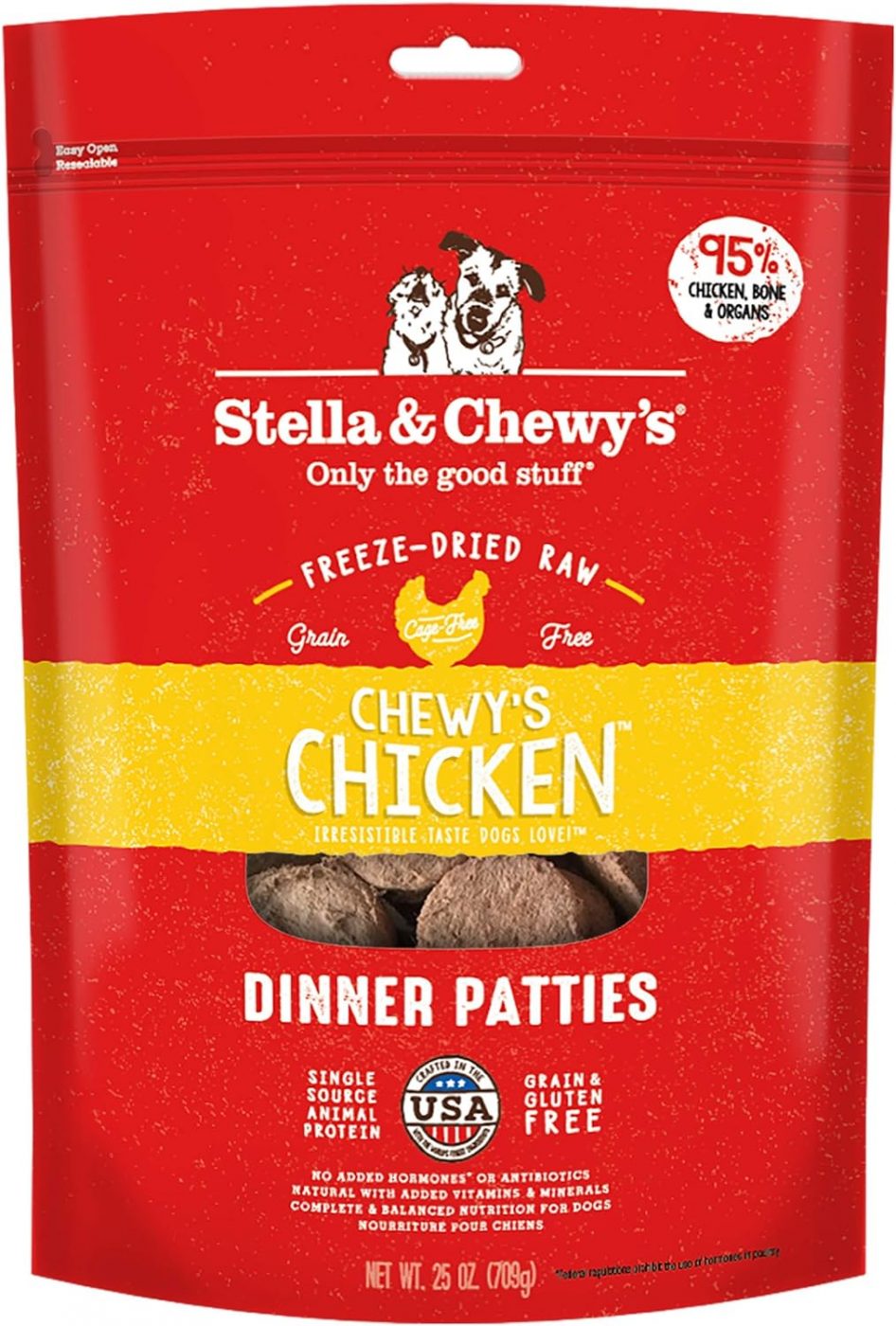
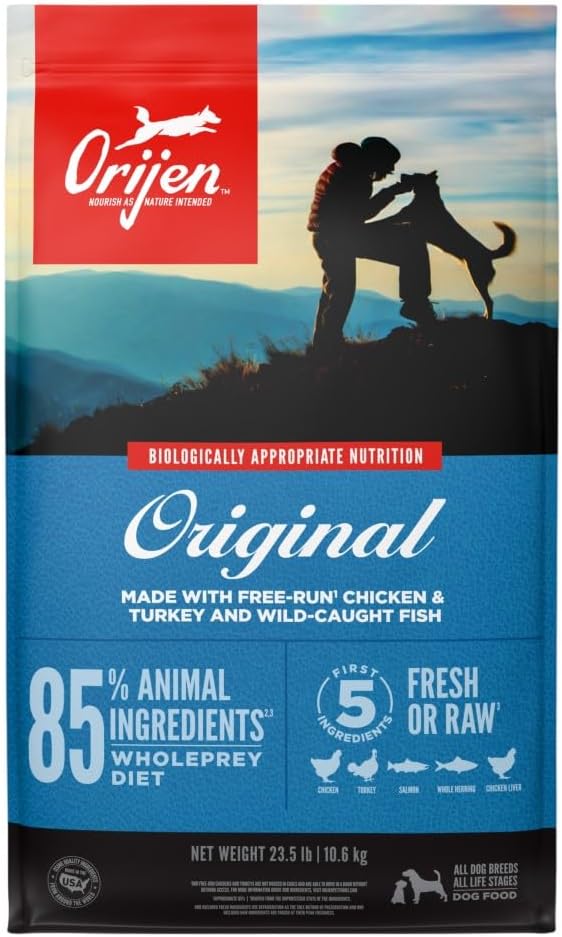
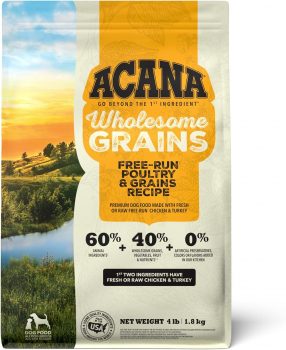
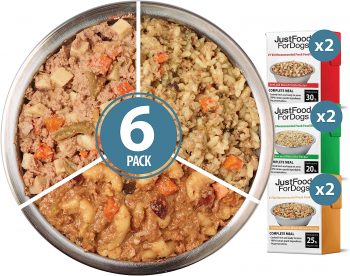
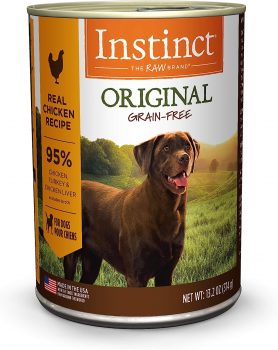
 Toledo, United States.
Toledo, United States.